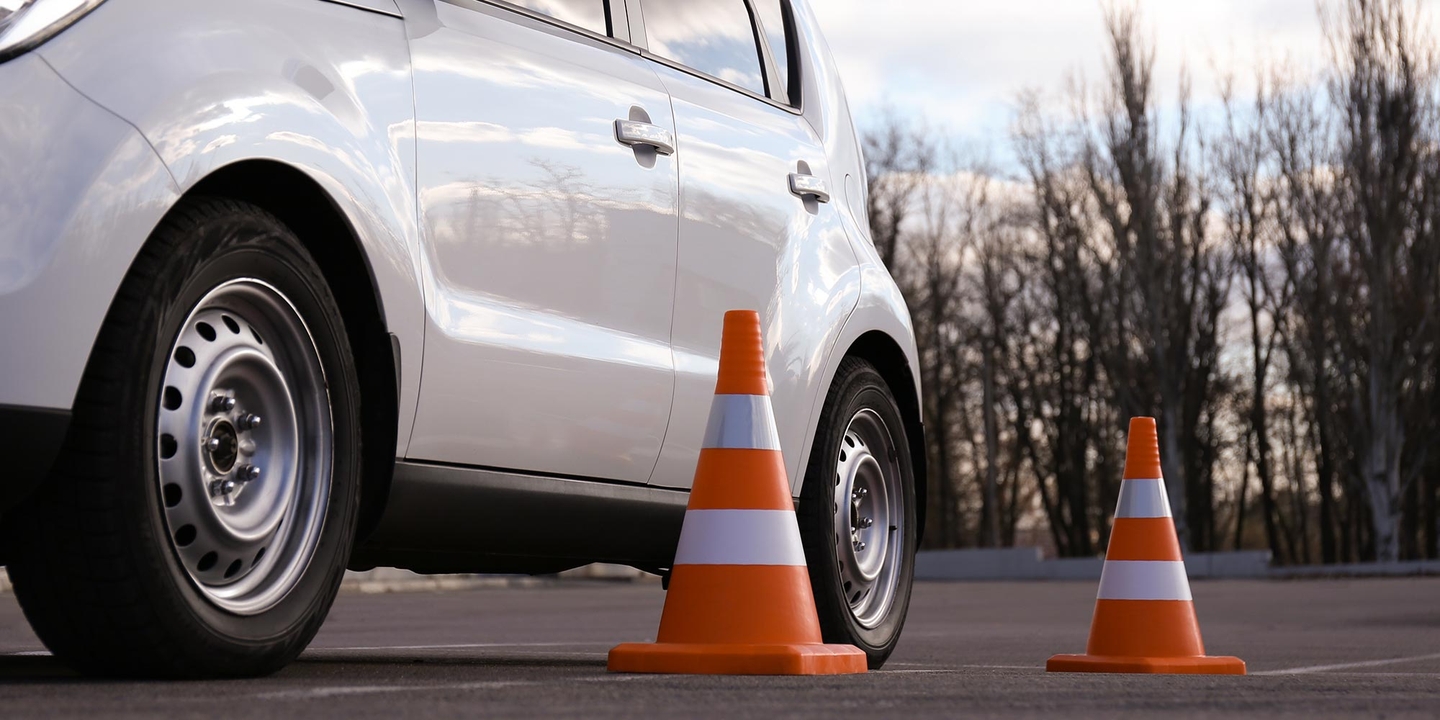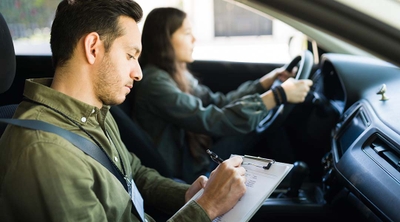How to pass a parallel parking test
3 min read
Parallel parking is an important driving skill to master. If you are ever driving in the city and need to park, the odds are that you’ll need to know how to parallel park. It’s common for new drivers to feel pressure because failing the parallel parking test may mean failing your driver’s test. However, virtually anyone can learn how to parallel park on a driving test with a little practice.
Understanding your state’s requirements is the first step to learning how to parallel park on a driving test. With the right technique and parallel parking tips for the driving test, you’ll have your license in hand in no time.
Parallel parking tips for your driver’s test
Use your turn signal and practice using the same car
You need to signal your intent to park and re-enter traffic (even in a closed-course driving test area). Failure to do so may result in losing points on the test or even failing the driver’s test. If possible, use the same car for your driver’s test that you used for your practice. It’s easier to pass your road test driving a car you know well.
Pick a method and stick with it
Consistency is vital when learning how to parallel park on the driving test. If you’re taking lessons with a professional instructor, follow their advice. There are other methods, like the parallel parking mirror trick, but many experts recommend the steps to parallel parking described below. Regardless of what system of reference points you settle on, pick something and stick with it. It’s easier to master a single approach than to try a bunch of different ones.
Understand the parallel parking space size on the driver’s test
In states with a standard parallel parking test, the dimensions for the parallel parking test space vary. Many are 7-9′ wide and 20-25′ long. Check with your local Department of Motor Vehicles (DMV) to get the correct parallel parking space size on the driver’s test to practice with.
Practice using cones
It’s essential to understand how to parallel park with cones to pass the parallel parking portion of your driver’s test. Bring a tape measure and your cones to an empty parking lot. Set the cones up to match your state’s parallel parking test configuration. Parallel parking uses reference points on the car in front of you. For this reason, some states use barrels to mark the bumpers of the imaginary cars in between which you’ll be parking.
Consider bringing a dowel rod to put in each cone. Putting a rod in the cone will give you visual references at the height of an actual car.
Don’t rush
Take your time when you do your parallel parking exercise. Some states may impose a time limit, but it’s usually plenty of time to complete the maneuver calmly. It’s better to go slow and safe than to hit the cones or curb, which can be an automatic failure.
Stop the car completely before changing gears
While you should always drive with both hands on the wheel, it’s imperative on the driving test. Some states may require you to keep both hands on the wheel if the car is moving. Ensure the vehicle is still before putting it into reverse to start your maneuver and again before pulling slightly forward in the space. Learn more about recommended steering wheel hand placement and other safe driving habits to keep you safe on the road.
Do states differ in their parallel parking tests?
States have different skills tests to evaluate your ability to maneuver the car, drive in reverse, and park. You’ll want to practice specifically for your state’s test format and real-life conditions.
For instance, Maryland’s Motor Vehicle Adminstation has no parallel parking requirement. It uses a reverse two-point turnabout to assess driver control and navigation of tight spaces instead. Ohio Bureau of Motor Vehicles has a maneuverability test like parallel parking but not a replica of a real-world parallel parking situation. Before practicing how to parallel park with cones, ensure that your practice setup reflects your state’s requirements.






